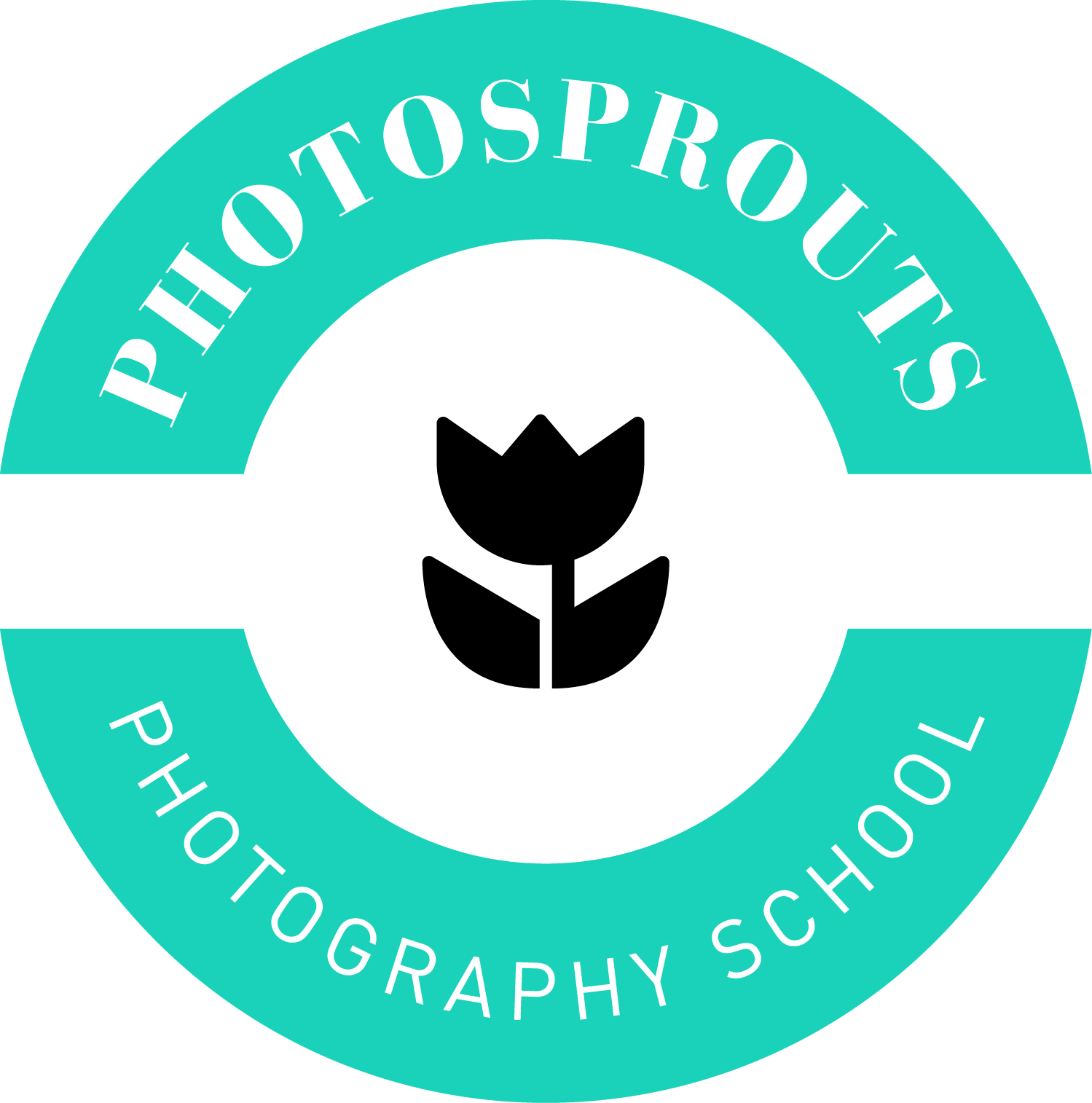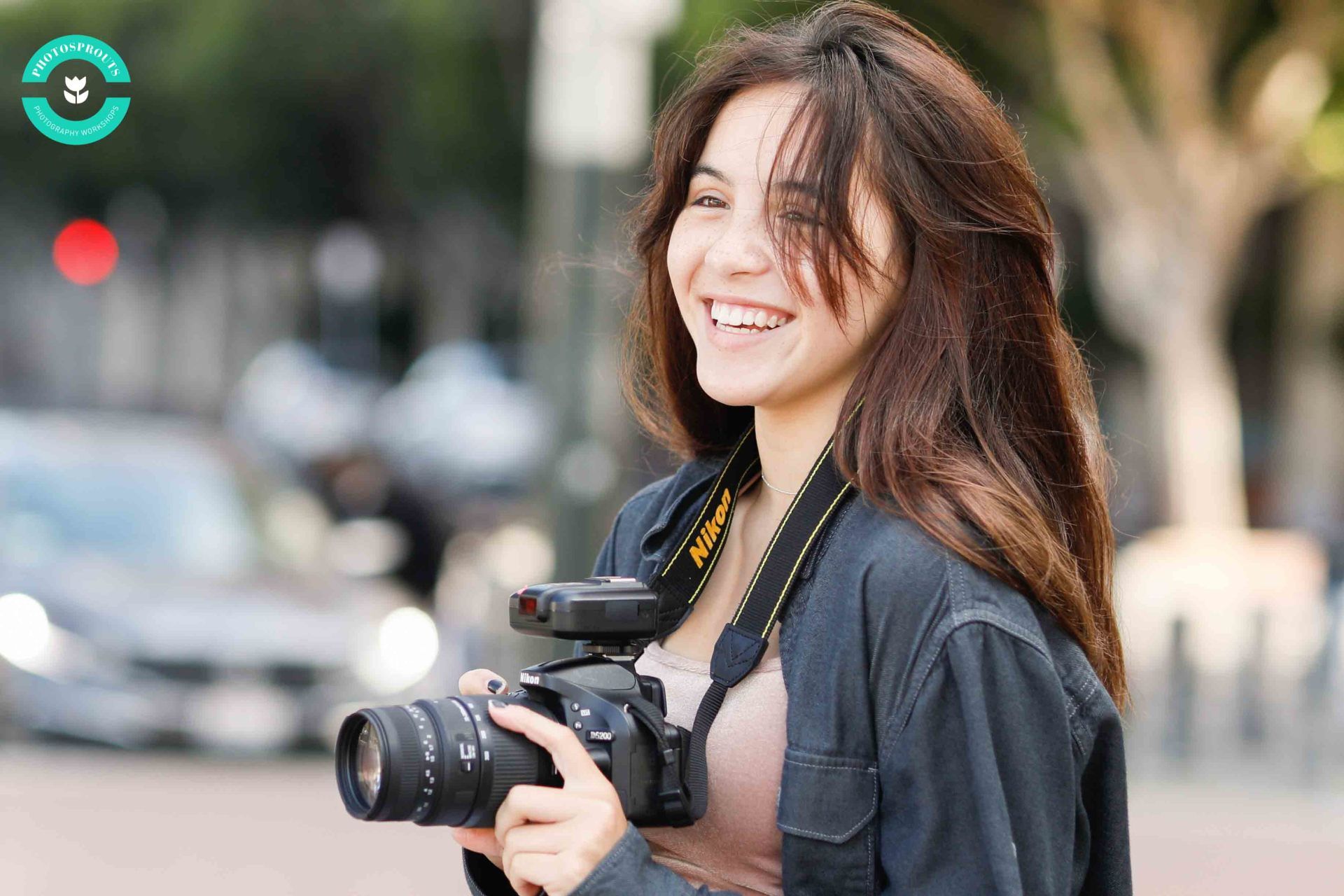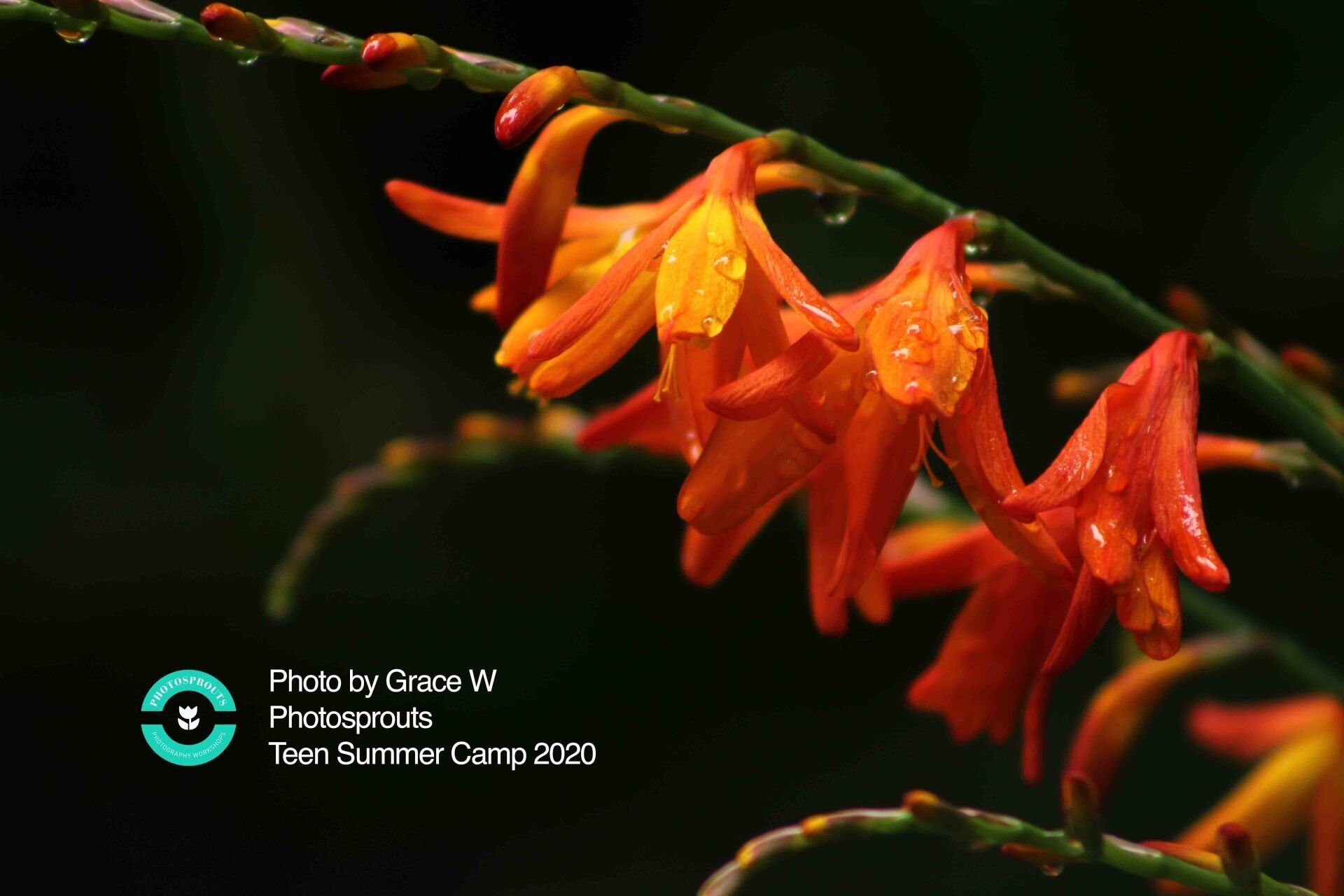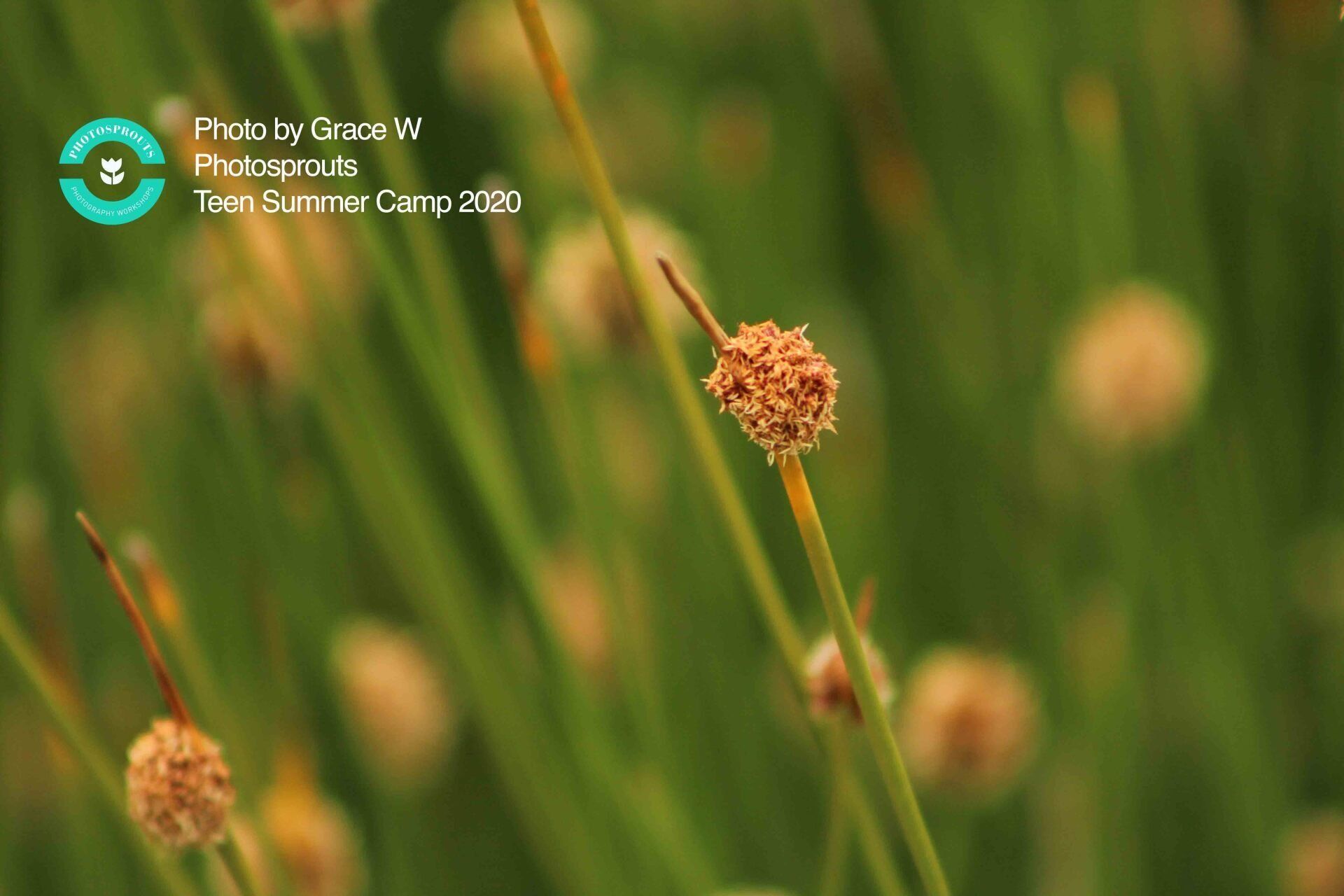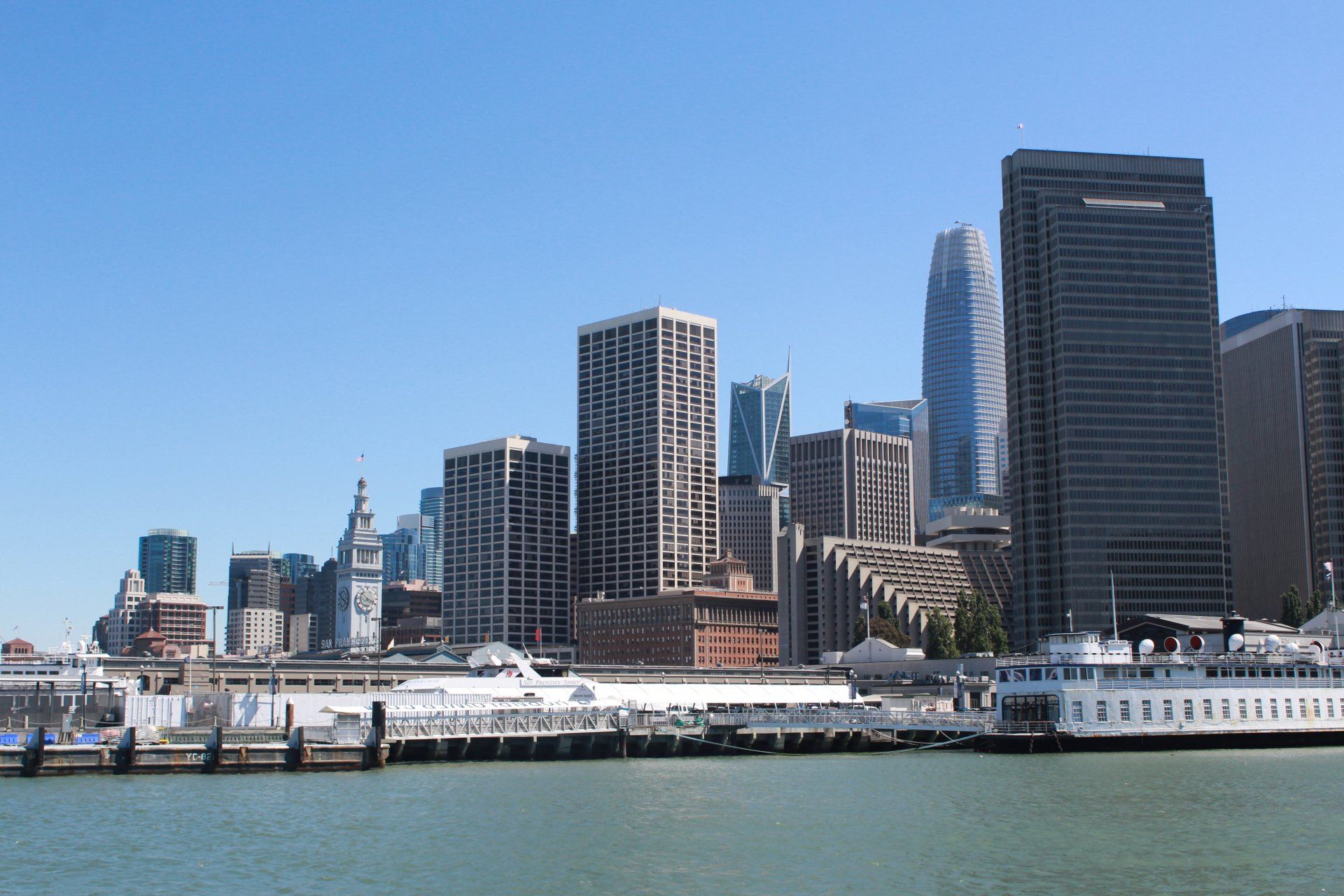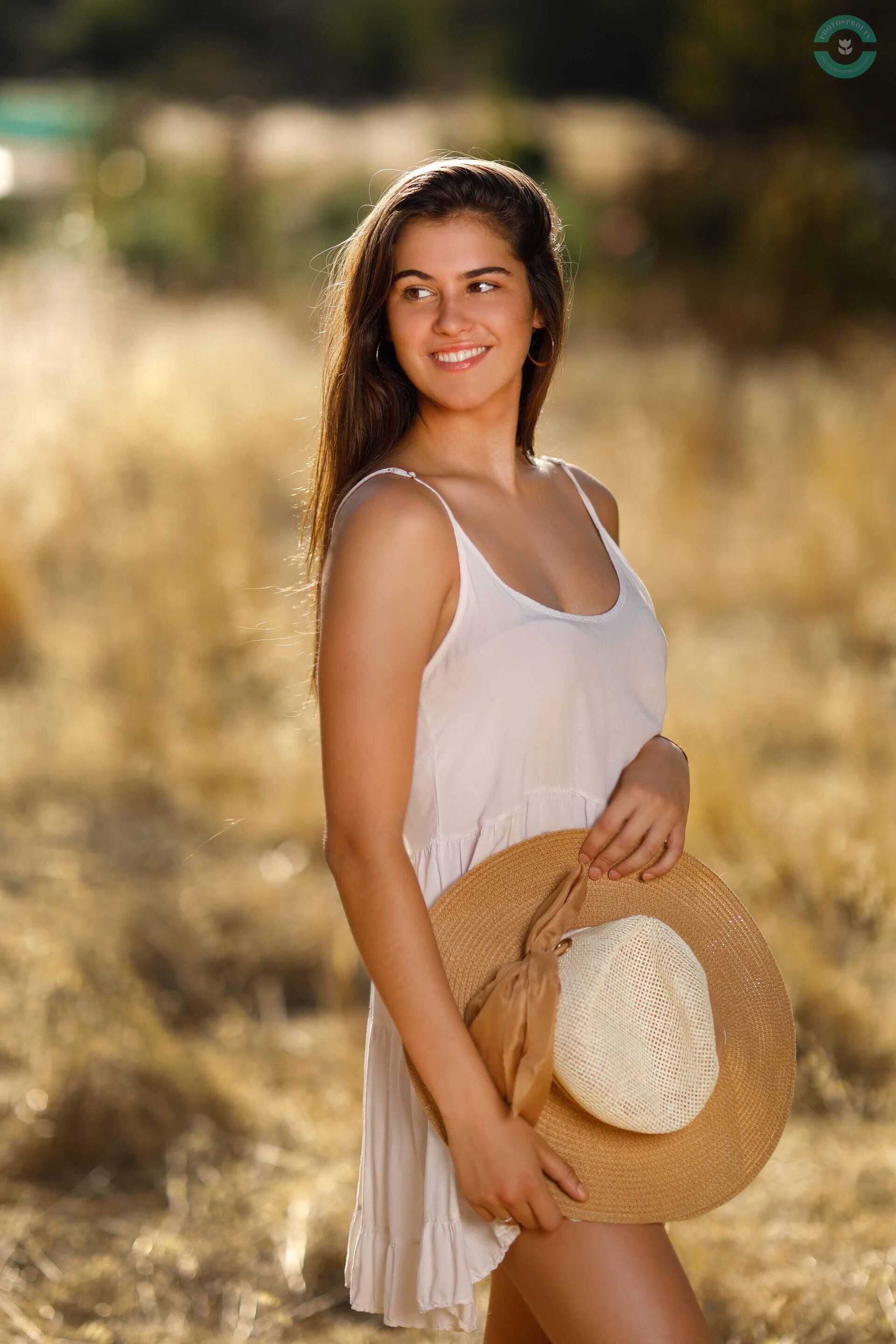Photosprouts Photography Workshops
Hongkong | San Francisco
The Teen Camp Experience
One of the most outstanding students in 2020's Teenager Summer Photography Camp
As next month we will begin our summer teen camps, week-long classes aimed at budding young photographers, I thought I’d talk about one particularly impressive student from last year’s class.
Grace was 12, one of the youngest photography students I’ve had and about two decades younger than the average Photosprouts student. Grace’s dad sent in some iPhone pictures that Grace had taken a few weeks before the course, and I was struck by her clean compositions with very original points of view. I could tell she showed great promise before I even met her. Almost every day that week, we went on field trips around the city. From Salesforce Park, just a block from our offices, to the Palace of Fine Arts, the San Francisco Zoo and the Botanical Garden. While she took great pictures wherever we went, I noticed she particularly excelled when there was not a specifically stated subject. Over the week, I started to notice a pattern of intense close-up shots sometimes on subjects that would look uninteresting to the untrained eye, like a leaf or a bench. During lunch one day, while discussing how photographers might develop specific personal styles over time, Grace chimed in. “Yeah, I think my style is so close up, you kinda don’t know what you’re looking at,” she said. I was impressed with how succinctly she was able to sum up her aesthetic, and we spent some of the remaining afternoon talking about abstract macro photography.
I can't wait to train more young photographers this summer!
#photosprouts
#teencamps
#teenphotographycamps
#teenphotographycourses
#photographyclasses
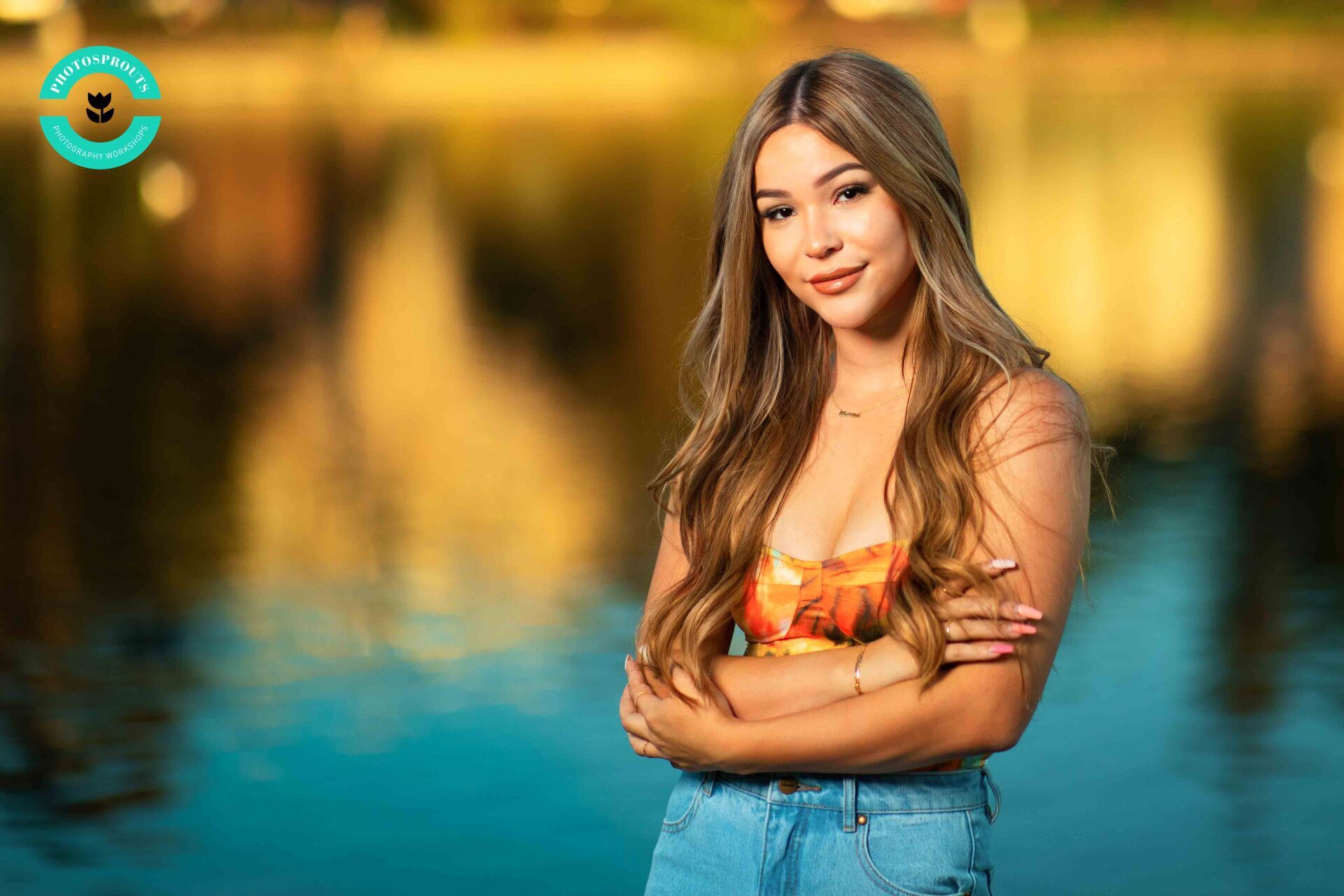

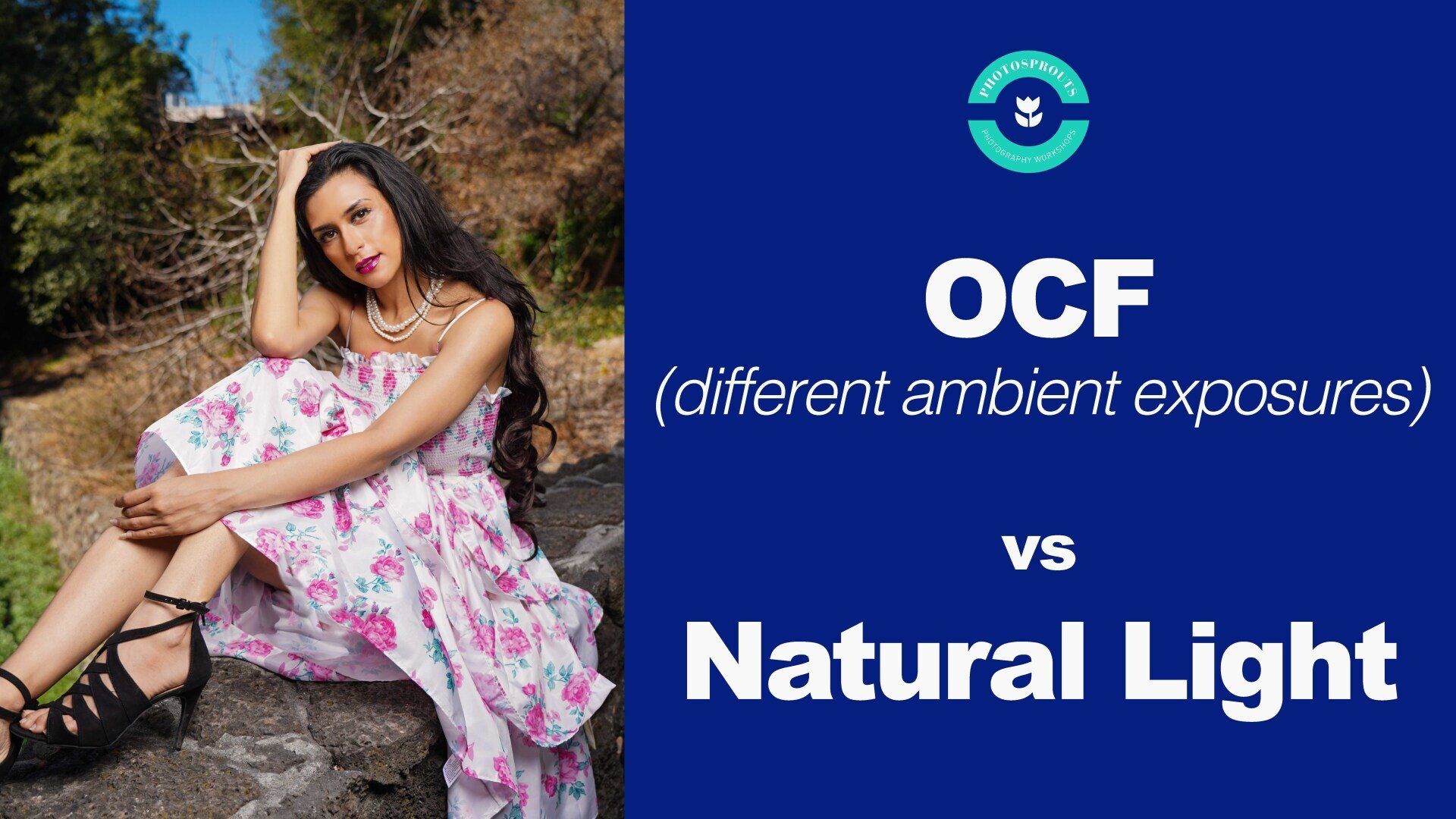
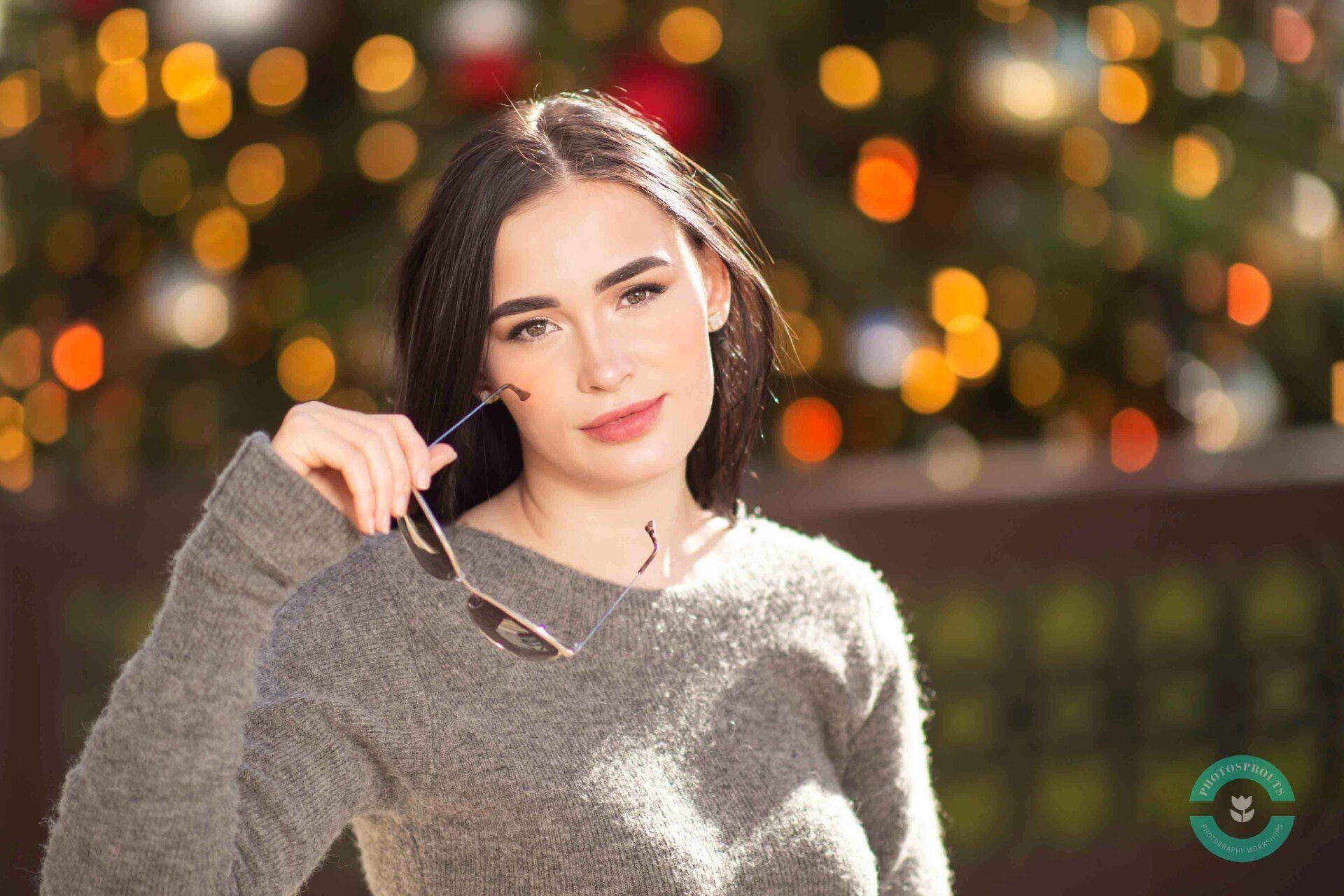
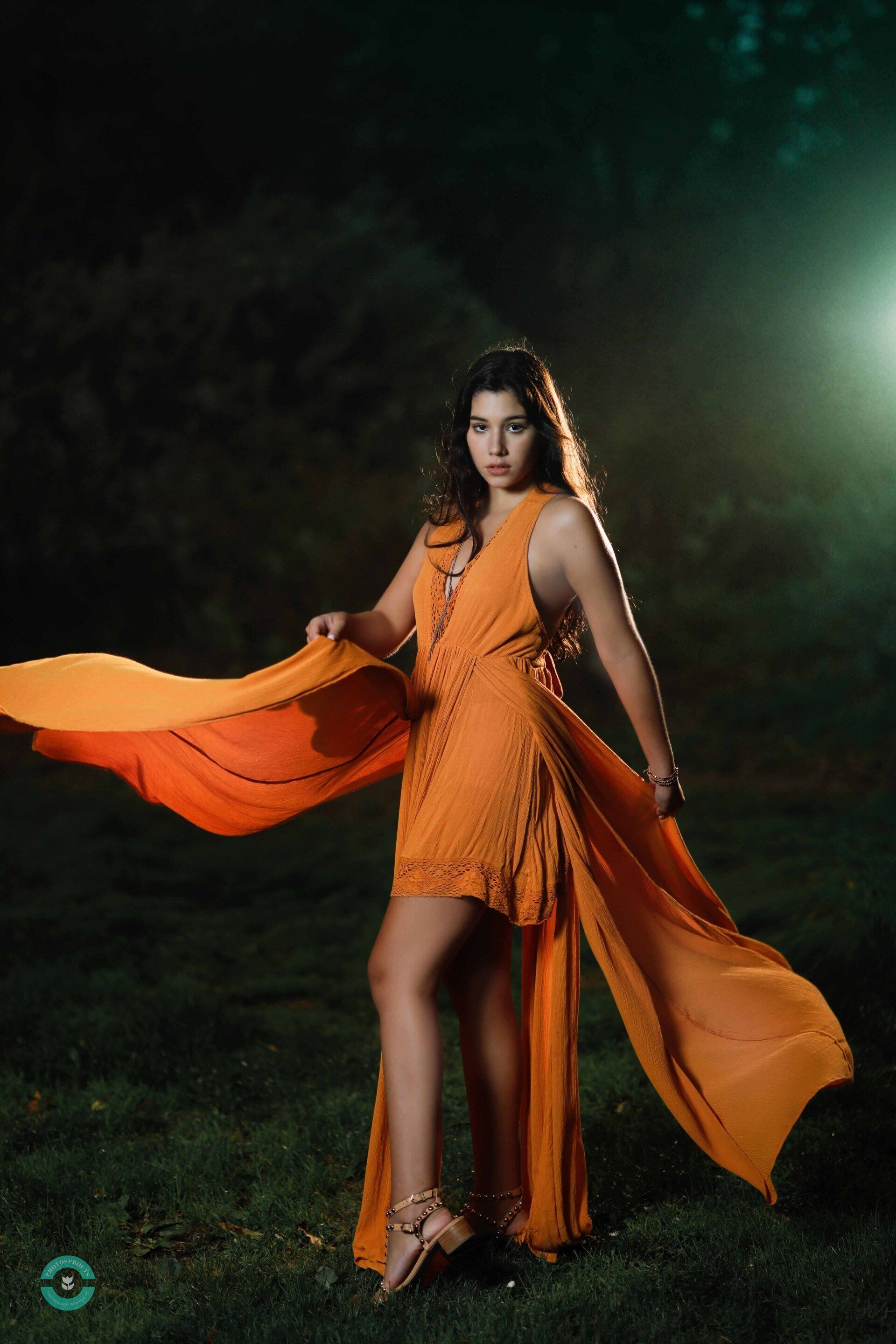
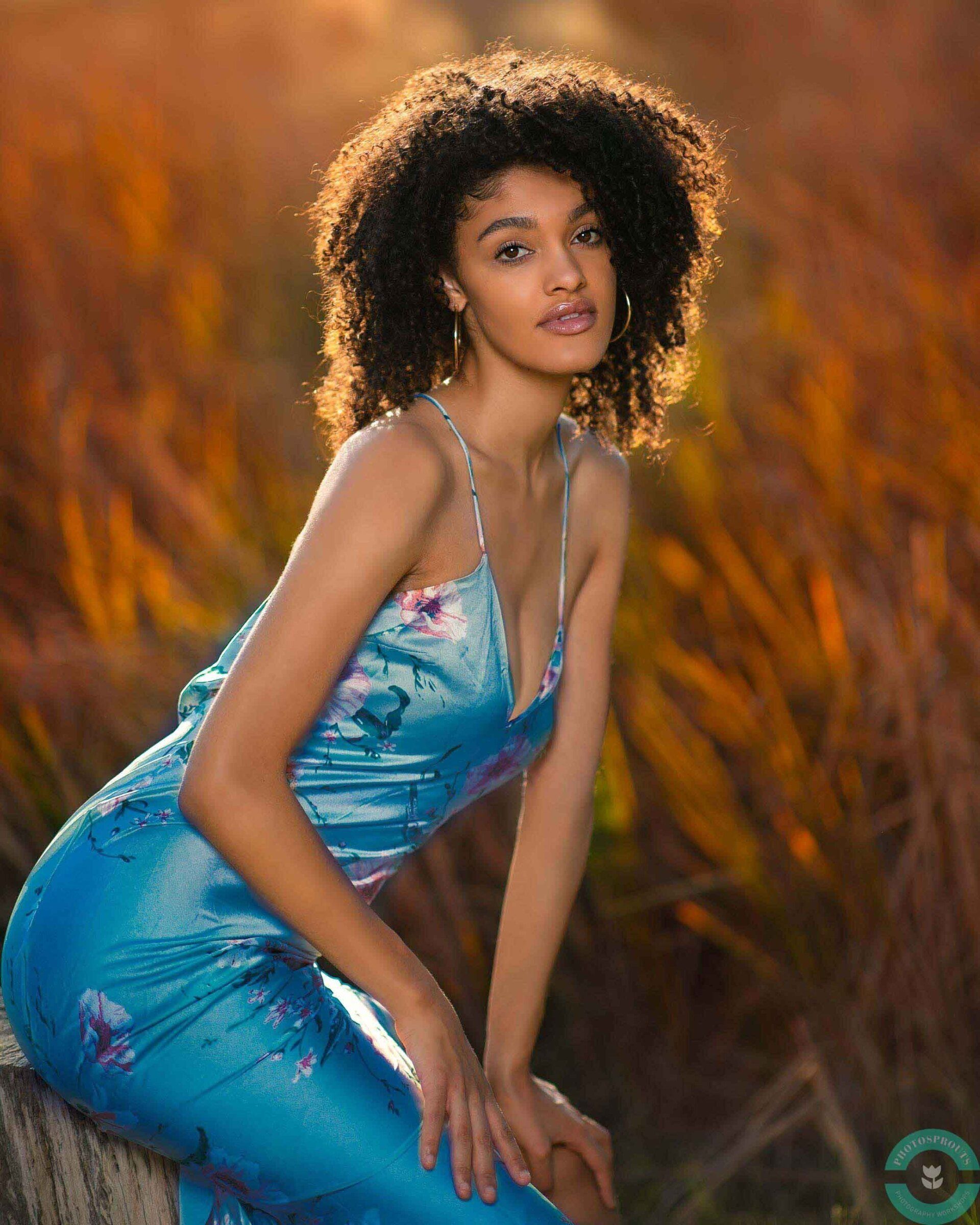
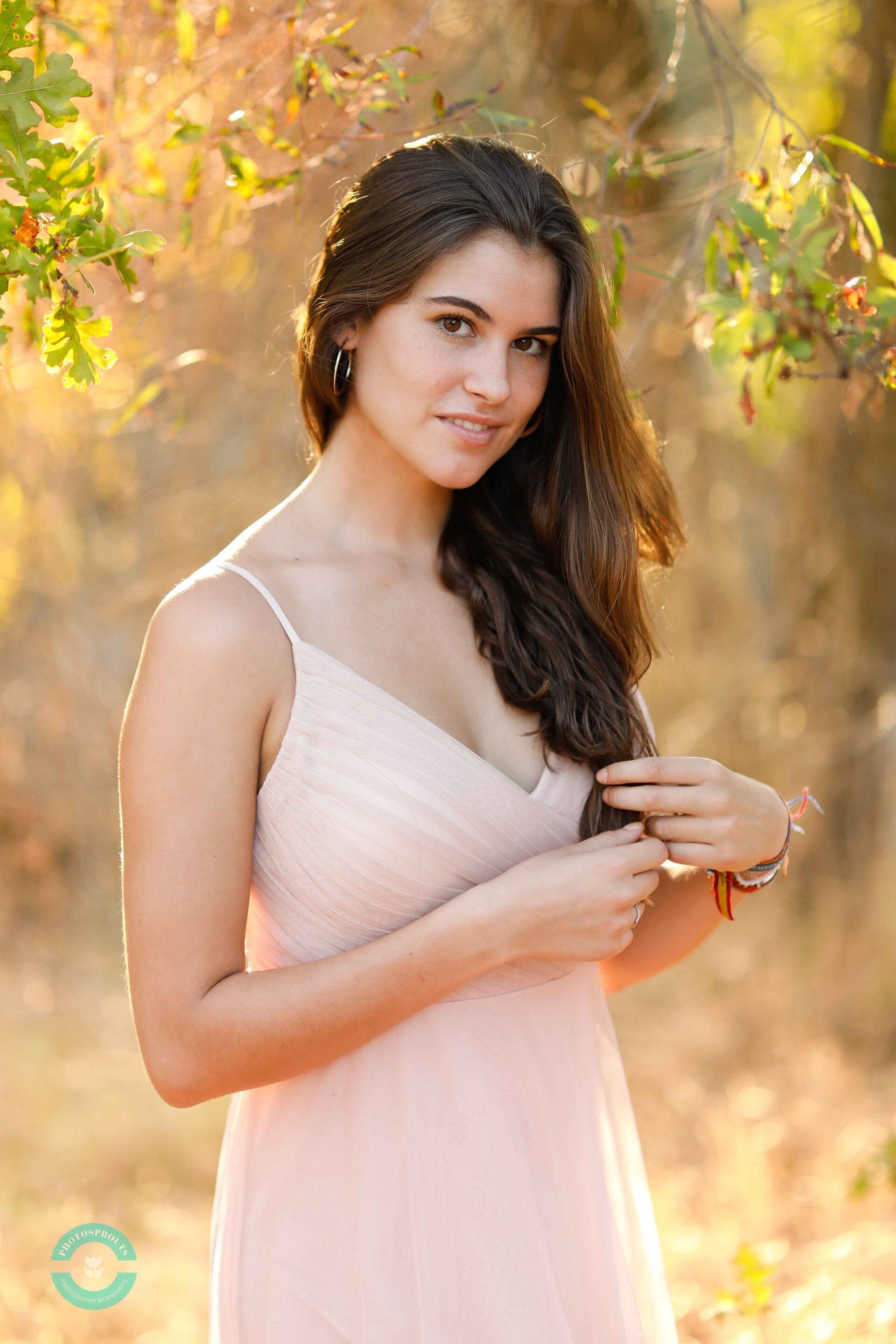
Email
hello@photosprouts.com
Hong Kong
33 Wyndham Street, Central
San Francisco
535 Mission Street, 14th Floor,
San Francisco CA 94105
456 University Ave, Palo Alto, CA 94301
